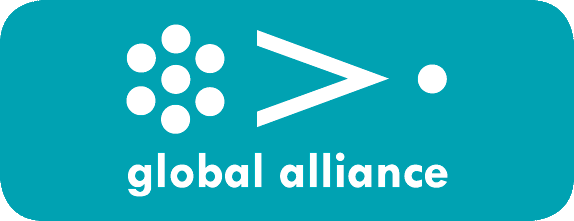IABC’s Global Standard sets the principles for the communication profession and creates a shared career purpose and path for the industry
IABC’s Global Standard was established to provide a framework for the association’s offerings in the professional development arena. It supports the philosophy of lifelong learning, and provides career structure for communication professionals internationally.
Created by leading thinkers from around the world, the Global Standard provides six principles and a four-tier career path that provides the foundation for IABC’s professional development strategy, as well as underpinning the newly introduced Communication Management Professional (CMP) certification program.
The six principles were established on the basic tenet: engaging audiences with strategy communication.
- Ethics: Communication professionals adopt the highest standards of professional behavior. They act lawfully and without deception, represent their organization truthfully and fairly, and adhere to IABC’s Code of Ethics. Additionally, they communicate with sensitivity to cultural values and believe in ethical communication as a way to build mutual understanding and respect.
- Consistency: Acting as the organization’s voice, communication professionals express a single, consistent story for their internal and external audiences. This narrative is clear and compelling, reflects the input and perspectives of diverse stakeholders, and it furthers the organization’s mission. A communication professional integrates information and inspiration for this narrative from people with diverse perspectives and ensures that communications are culturally appropriate.
- Context: Communication professionals are deeply familiar with the organization’s internal and external environment. They understand the organization’s vision and goals and how its elements function together. They are able to successfully advocate for their organization because they have a thorough understanding of its political, economic, social, technological, environmental and legal context.
- Analysis: Communication professionals research and evaluate how to serve and promote the organization most effectively and then offer recommendations supported by direct and secondary evidence. They develop and implement communication plans and gauge their results using clear qualitative and quantitative measures that can be duplicated.
- Strategy: Using rigor and discipline, a communication professional identifies opportunities and challenges both inside and outside of the organization, and creates thoughtful strategies to address them that enable the achievement of mission and goals. The communication professional systematically manages communication activities, making decisions based on research, analysis, planning and evaluation.
- Engagement: Communication professionals foster and nourish relationships with stakeholders who have the potential to change the organization’s results and works with them in ways that support the organization’s mission and goals. They use dialogue to tell the organization’s story and garner support.
Read more about the Global Standard and IABC career path at: https://www.iabc.com/global-standard-2/




